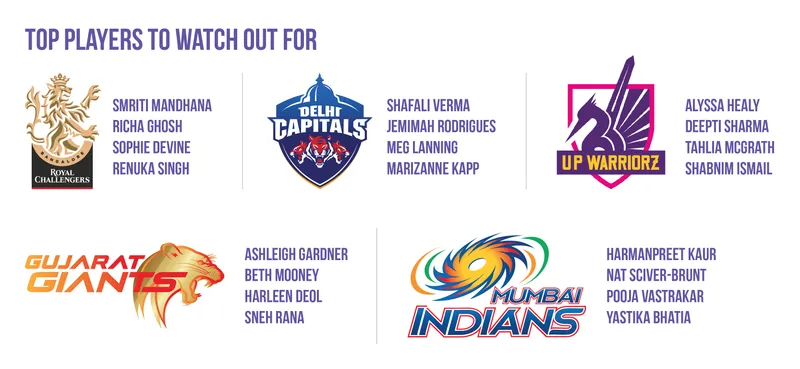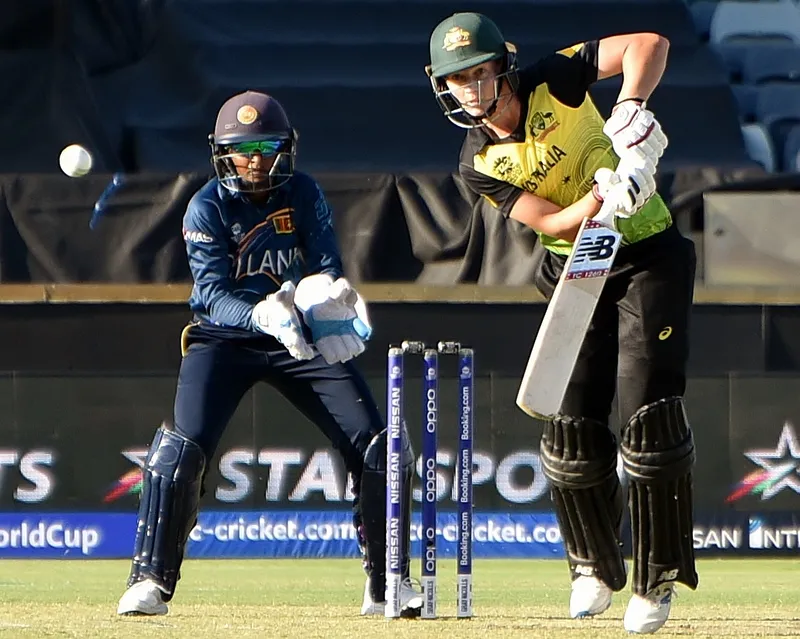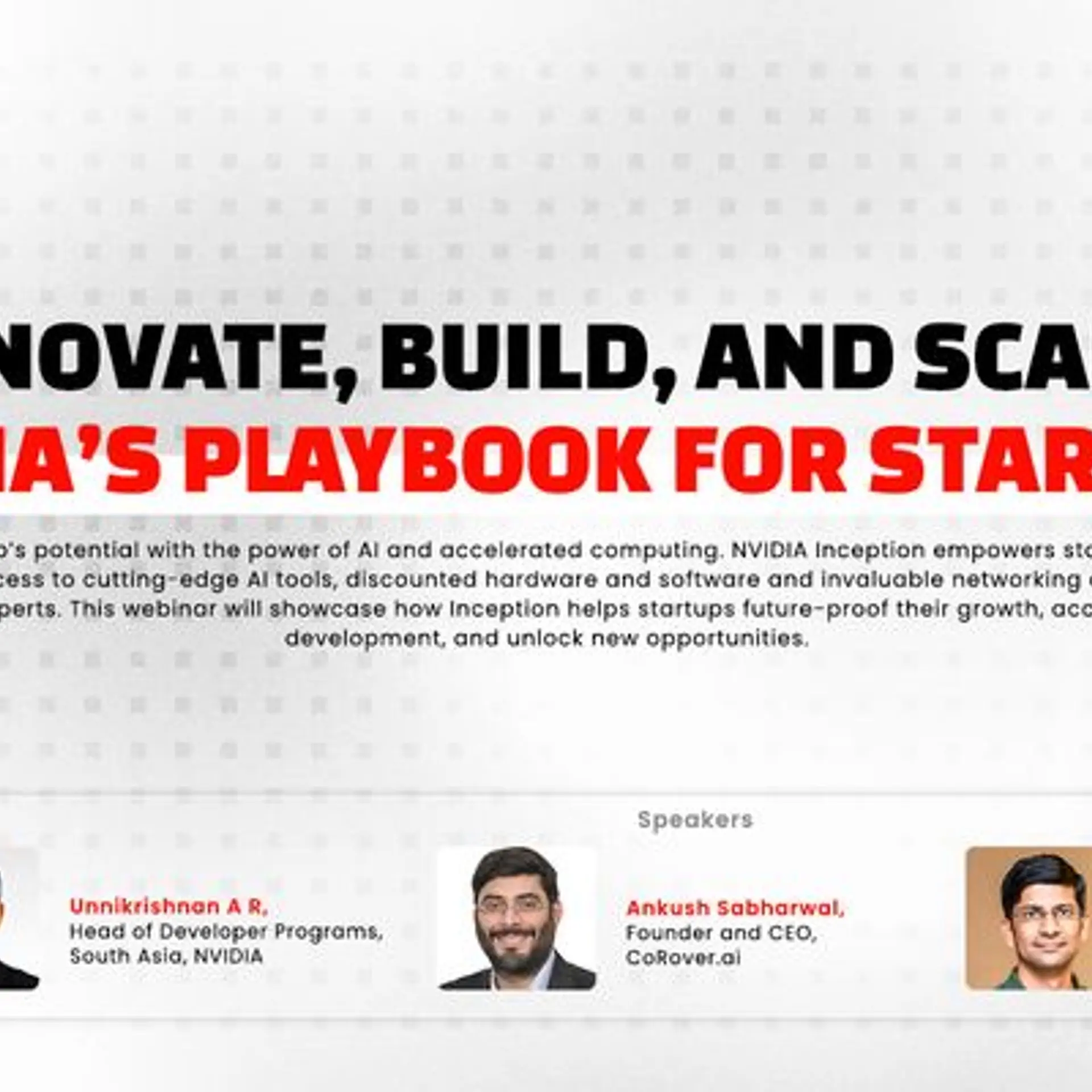WPL may be the game-changer women’s cricket has been waiting for
With the first Women’s Premier League (WPL) set to take off on March 4, HerStory takes a deep dive into how the tournament will change the face and fortune of women’s cricket. Franchise owners, players, and experts weigh in.
Jemimah Rodrigues recalls being the only girl among 400 boys on the ground when she first started playing cricket. People would often tell her parents, “Pata nahin, yeh kya cricket khelegi, kucch aur sport khelne do (don’t know how she will play cricket, let her take up any other sport).”
Proving all naysayers wrong, Jemimah made her debut in the Indian cricket team, at the age of 17. In 2021, the star batter became the youngest player to reach the 1,000-run milestone in T20Is.
Opening bat Smriti Mandhana reports a different experience.
“I used to train with boys. I was the only girl and the coaches would give me a lot of attention. They would push me to practise more, bat more,” she recollects.
Mandhana has since then become the ICC Women Cricketer of the Year twice. She is also an Arjuna Award winner. On the T20 circuit, she has played for Brisbane Heat, Sydney Thunder (Women’s BBL), Western Storm (Kia Super League), and Southern Brave (The Hundred).
For Rodrigues, Mandhana, and other women cricketers, life has come full circle with the Women’s Premier League (WPL).
The inaugural Women's Premier League, set to kick off on March 4, is the most lucrative franchise competition in women's cricket.
The women's version of the Indian Premier League (IPL), the world's biggest T20 franchise competition, will feature five teams—Royal Challengers Bangalore (RCB), Delhi Capitals, Mumbai Indians, UP Warriorz, and Gujarat Giants.
The workings of the WPL
WPL teams were allowed to sign a minimum of 15 players, and a maximum of 18. No more than seven overseas players could be part of a team, of which five would be allowed to play in any one match.
A total of 87 players were signed by the five teams, including the big guns—India’s Smriti Mandhana, Harmanpreet Singh, Deepti Sharma, and Jemimah Rodrigues; England players Nat and Katherine Sciver-Brunt, Sophie Ecclestone, and Danni Wyatt; Australia’s Meg Lanning and Ellyse Perry; former West Indies all-rounder Deandra Dottin; and New Zealand’s Sophie Devine.
How does the WPL work? Each team will play the other four twice; the top three will qualify for the play-off stage. The toppers make it to the final while the teams at second and third place will face off in a semifinal. All matches will are scheduled to be held in Mumbai, at the 60,000-capacity DY Patil Stadium and the 20,000-seater Brabourne Stadium.
India Vice-Captain Smriti Mandhana was signed for Rs 3.40 crore by RCB, Deepti Sharma was bought by UP Warriorz for Rs 2.60 crore, and Jemimah Rodrigues and Shafali Verma (Delhi Capitals) were picked up in Rs 2 crore-plus deals. The BCCI had set a salary cap of Rs 12 crore for the franchises.
It may not be fair to compare the contract sizes between the IPL and the WPL, but the divide is for all to see.
At the IPL Mega Auction 2022 in Bengaluru, 11 players crossed the Rs 10 crore mark. The maximum purse amount for the IPL teams was also increased to Rs 95 crore per side.
On the IPL vs WPL comparison, cricket expert and commentator Harsh Bhogle on Thursday tweeted a video. “Don’t expect to see what you see in the men’s IPL in the WPL, because it’s a different game. The bat vs ball contest is the same, approach is going to be very different. Watch different skills, watch how different inventive shots are played,” he said.
In the big league

The tide turned for Indian women’s cricket in 2017 when the team reached the ICC World Cup final. Despite losing to England, the women in blue received immense support and encouragement, which they carried to the 2020 T20 World Cup final that they lost to Australia.
In 2022, India won the Asia Cup in Bangladesh, beating Sri Lanka by eight wickets. The 2022 ICC Women’s World Cup (where India failed to reach the semis) reached a global TV audience of 104.8 million and generated 164 million engagements, up from 82 million in 2020.
Mandhana, who became the first woman to score a double century on the domestic circuit in 2013, agrees that World Cup 2017 was a turning point for the game and for its players. “The event was televised, there was a lot of buzz on social media, brands took interest, and this has helped women’s cricket to grow,” she said.
Now, as the most expensive player of the WPL and the captain of RCB, Mandhana is looking forward to “receiving all the love and support from fans who I am told are best in the world. I promise to give my 100% to lead RCB to success in WPL”.
All-rounder Deepti Sharma, currently ranked the fourth all-rounder in ICC Cricket Rankings, became the first Indian to claim 100 T20I wickets in the ongoing World Cup.
Speaking to HerStory about the WPL, she said, “I’m very excited about the opportunity. We have been waiting for this for so long. It’s finally happening. It’s new but I’m optimistic.”
Her teammate at UP Warriorz, Pooja Vastrakar, echoed the sentiment, albeit cautiously, “This is just the first step. We have a long way to go,” she said.
The numbers game

Nat Sciver-Brunt. Image credit: Bahnfrend, CC BY-SA 4.0 <https://creativecommons.org/licenses/by-sa/4.0>, via Wikimedia Commons
Barely 10 years ago, women’s cricket was an amateur affair. Even now, many people expressed concerns about the financial viability of a women’s T20 league.
But the numbers back the women cricketers.
In January, the Board of Control for Cricket in India auctioned teams for the Women’s Premier League for a combined sum of Rs 4,670 crore. This followed a five-year deal worth Rs 951 crore for TV rights with Viacom 18, for the soon-to-be-launched T20 league. These numbers seem unimaginable for women’s cricket, but are likely to grow with the WPL following.
Bandana Chhetri, Co-Founder of FairPlay Sports, which represents Deepti Sharma and Pooja Vastrakar, believes the WPL will have the biggest impact on cricket around the world, with a surge in sponsorships and more money pumped into the game.
“Just see how the IPL has picked up. The hype around it only increases with time. I feel it is going to be the same for WPL. I cannot wait for what the coming years have in store for all of us,” she says.
Apart from the money, the tourney will give women cricketers the opportunity to play the game they love and showcase their talent on a huge global stage.
Satyam Trivedi, Head, Adani Sportsline (owners of Gujarat Giants), says the inaugural edition of the WPL is a big moment in women’s cricket and will add more vibrancy to the canvas. “It’s like deja vu, what happened in 2008 ahead of men’s IPL is happening all over again,” he said.
He pointed out that a lot has changed in women’s cricket over the years, which is great news for the sport.
“The women’s sporting ecosystem has been gaining plenty of momentum, and engagement levels in are higher than ever before. There is keen interest among stakeholders to invest and support this journey. This is a new dawn in the sport and a much needed one at that,” he added.
Vishal Yadav, Founder of Female Cricket, says the fortunes of 87 players selected to play in the WPL changed on auction day.
“Breaching their base prices significantly were a few players who bagged eye-popping bids, as expected. Viewers and advertisers have already started showing interest. Forty-eight hours after the Tatas joined as title sponsors, WPL has received three more official partners on board, Fantasy League partner—Dream11, Strategic timeout partner Ceat, and Pouring partner Amul. This shows the strong appetite of brands and marketers to invest in women's cricket,” he says.
Skin in the game

RCB pipped Mumbai Indians to bag Mandhana at the WPL auction. Apart from Mandhana, it has also roped in tennis icon Sania Mirza as mentor.
RCB Chairman Prathmesh Mishra says buying a women’s team was always on the cards.
“Appointing former India cricketer Vanitha VR as our scout was a key in that process. She comes with huge experience and knowledge of the domestic circuit and contemporary cricketers from world over. Her inputs and scouting process ensured we started our evaluation ahead of time,” he says.
Mishra says the lack of readily available data on women’s cricket meant “multiple scouting layers, mutiple eyes, multiple times” before shortlisting the top 100 names.
The team of Gujarat Giants, the most expensive franchise in the WPL at Rs 1,289 crore, includes Ashleigh Gardner (Australia), Beth Mooney (Australia), Annabel Sutherland (Australia), and Harleen Deol. It has appointed former Australian international cricketer Rachael Louise Haynes as head coach.
Gujarat Giants worked with former players like Mithali Raj, Rachael Haynes, and Nooshin Al Khadeer to pick the right mix of players.
More playing opportunities have created a platform for players to showcase their skills, at times unearthing new talent, but importantly, creating role models who inspire generations. This is reflected in the kind of investment and coverage the game is receiving, said Rachael Haynes.
UP Warriorz, which bought the second most expensive player of the WPL, Deepti Sharma, spent its entire purse of Rs 12 crore to buy its 16 players.
Rajesh Sharma, MD & CFP, Capri Global Housing Finance, the owners of UP Warriorz, believes that WPL may do for women’s cricket what IPL did for the men in blue. He said women’s cricket is on the uptick, and this will “only help add to the momentum”.
Batting for women’s cricket

Meg Lanning. Image credit: Bahnfrend, CC BY-SA 4.0 <https://creativecommons.org/licenses/by-sa/4.0>, via Wikimedia Commons
With a series of many firsts, the success of the first-ever WPL will bank on a leap of faith - by franchises, advertisers, players, and an audience looking for quality cricket, irrespective of gender.
The talent is veritable – Shabnim Ismail bowling at a speed upward of 120km/hr, explosive batters in Jemimah Rodrigues and Shafali Verma, Australian World Cup-winning captain Meg Lanning, and Smriti Mandhana, an accomplished opening bat.
Deepti Sharma believes that awareness of the game, especially through social media, has popularised it among the younger generation.
“Society’s perception has changed drastically. Our winning big tournaments internationally has set us apart from the other teams. We are overwhelmed by the support from fans,” she said.
Vastrakar, who lauds the entry of big bucks into the game, is pragmatic.
“Money and contracts are just the by-products of hard work and dedication. The amount of time, effort and conviction we athletes put in might go unnoticed. But we are lucky and blessed.”
Despite a glaring downside—the tournament is restricted to only two stadiums in Mumbai, which restricts the passionate RCB fans from watching the game on home ground—WPL promises an exciting new beginning for the game.
But Yadav is both excited and optimistic.
“It is going to be interesting to see Harmanpreet Kaur go against Renuka Singh or Alyssa Healy go up against Ellyse Perry. The quality will be top-notch; we have seen that in the last two years. There is an increase in boundaries scored, sixes hit, and close matches, adding a lot more fun to the viewing experience. Precisely, the reason why it was a houseful stadium just a few months ago at the DY Patil stadium for one of the India vs Australia T20I games.”
The first IPL was launched in April 2008. It has taken almost 15 years for women to finally get their (rightful) due.
Playing cricket in a country when the men’s version of the sport is akin to a religion, women have had to work hard to begin to level the playing field. The WPL seems to be a step in the right direction.
(Infographics and cover image by Nihar Apte)
Edited by Teja Lele







